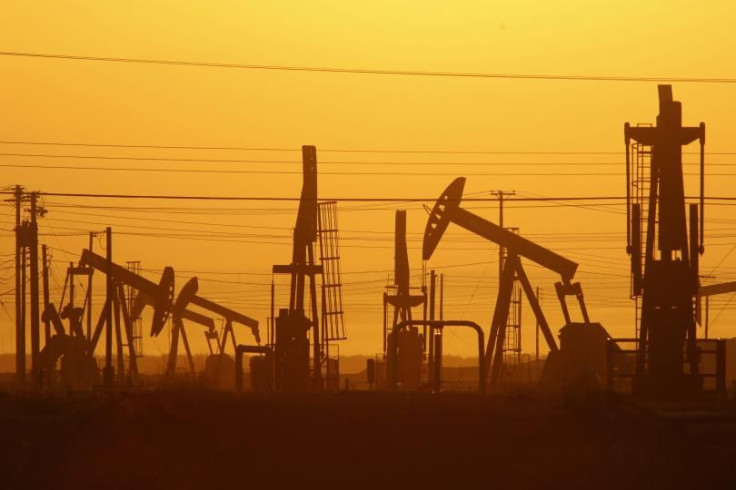Does Fracking Cause Earthquakes? Gas Drilling Leads To Greater Risk In Canada, Study Finds

Critics of fracking often cite increased earthquakes as one of the many dangers the natural gas extraction method poses to communities and regions. It’s a contentious issue — natural gas proponents and oil companies say it just ain’t true — but new research published Thursday finds that clusters of earthquakes in western Canada are indeed caused by fracking.
The study reviewed injection data from a four-month period in Alberta and compared that to actual earthquake events. The study, published in journal Science by scientists at the University of Calgary, found that quakes were induced by the process in two ways. First, by the increased pressure from pumping fluids into the rock layers during the fracking process itself, then from pressure changes from left behind fluids after.
The earthquakes in western Canada differ from trembles in the Midwest United States, which are caused by disposal and burial of wastewater from oil and gas wells rather than fracking itself. In those cases, wastewater is pumped back into the ground under pressure after any sort of drilling. When that water is pushed into sandstone or other permeable rocks, the ensuing pressure changes can rattle nearby fault zones and cause slips.
“The key message is that the primary cause of injection-induced seismicity in western Canada is different from the central United States,” David Eaton, a co-author of the study and geophysics professor, told the New York Times.
Oil and natural gas extraction methods, and their likelihood to disrupt a fault line, vary. Fracking wells, which produce natural gas and were addressed in the new study, generally operate for a shorter period of time before moving on to new locations and therefore are less likely to cause big disturbances (the high pressure is also significantly reduced once extraction ends). Meanwhile, the wastewater disposal sites for oil production operate for much longer and lead to much higher pressure as more water is pumped into the disposal wells, according to the United States Geological Survey.
“Sedimentary rocks contain small spaces between grains (pores) that almost always contain some type of fluid—water, oil or natural gas,” Eaton told Gizmodo. “Increasing the pressure of the fluid within the pores can influence the behaviour of a rockmass, especially if there is a fault.”
© Copyright IBTimes 2024. All rights reserved.






















